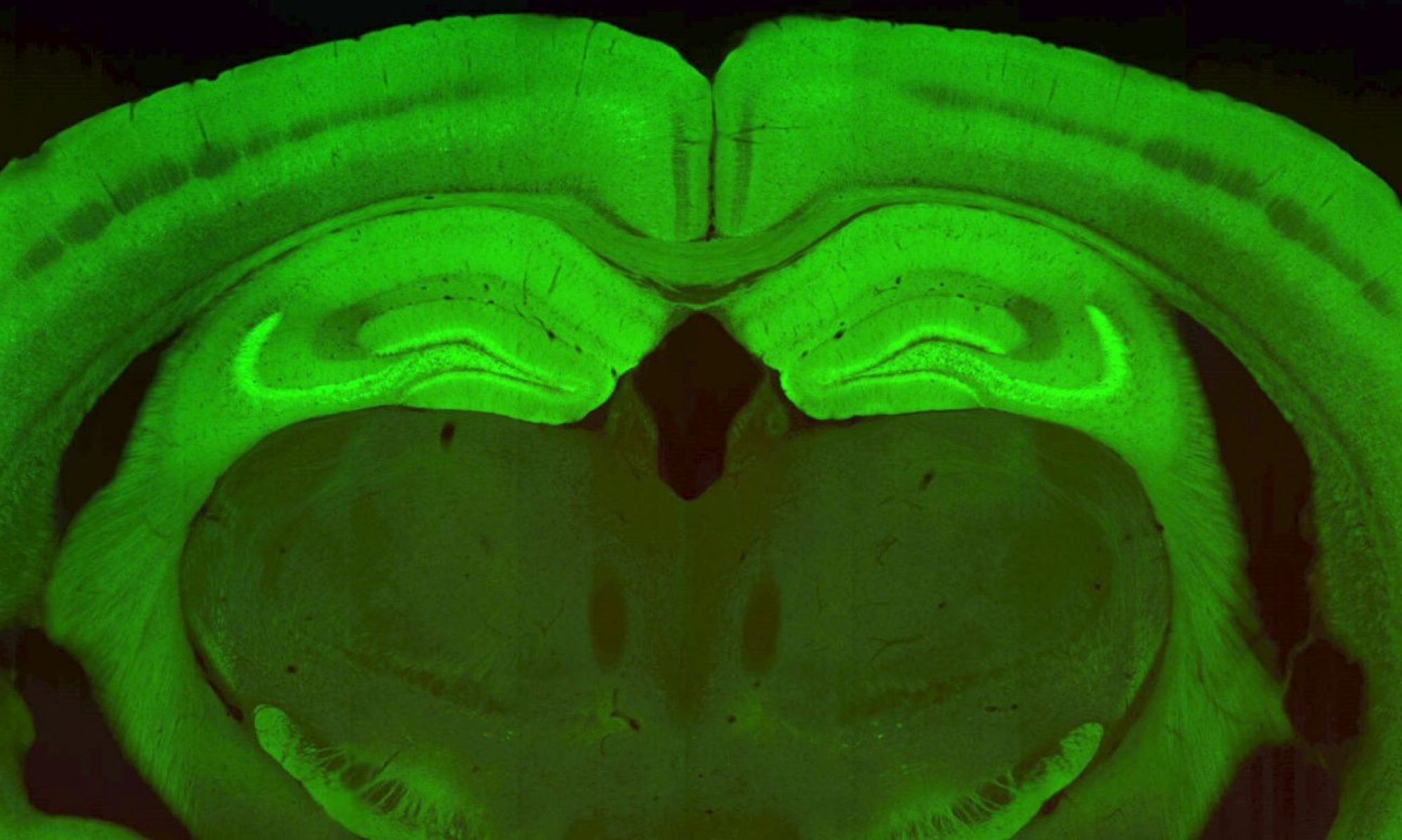znavrati@uci.edu
RESEARCH INTERESTS
I am interested in how the brain takes a large amount of complex sensory information and condenses it into a useful, interpreted summary and then stores it. At the heart of memory storage is the hippocampus, which is necessary for the encoding of new episodic memories, and processes information primarily about an animal’s physical location in an environment. We believe that location information can be used to “tag” events and provide a link that binds all the other sensory information that composes a particular memory. In my PhD work, I showed that hippocampal spiking activity in a novel environment is the same at a given location, regardless of the direction of travel through the location, but following repeated experiences along the same paths, the “tag” (neural activity pattern) for the same location can become differentiated for the two running directions, which would allow it to store two different versions of experiences in that location.
Currently I am studying how the inputs to the hippocampus (from different parts of the entorhinal cortex), lead to different changes in firing rates of place cells during learning of a new environment and route. We are also studying the hippocampal activity patterns that are “replayed” during sleep, and trying to ascertain if these patterns contain information about more than the physical locations experienced prior to sleep, but also the differentiated firing rates that became associated with the way those locations were experienced during behavior. Ultimately, these studies help us understand which parts of the brain, and which aspects of neural activity (sequential activation, sleep replay) are key to creating separate memories, or updating old memories with new information. Understanding this process in rodents will help us understand how to break down the process of memory formation in humans, and where and when to look in the brain when someone has problems with memory, or how to use undamaged parts of the brain to compensate for damage in dementia disorders such as Alzheimer’s.
PUBLICATIONS
Schwindel CD, Navratilova Z, Ali K, Tatsuno M, McNaughton BL. (2016). Reactivation of Rate Remapping in CA3. Journal of Neuroscience, 36: 9342-9350. doi: 10.1523/jneurosci. 1678-15.2016.
Bartic C, Battaglia FP, Wang L, Nguyen TT, Cabral H, Navratilova Z. (2016). A Multichannel Recording System with Optical Stimulation for Closed-Loop Optogenetic Experiments. In: Arash Kianianmomeni (ed.). Methods in Molecular Biology. Springer, New York. pp.333-44. doi: 10.1007/978-1-4939-3512-3_23.
Navratilova Z, Godfrey KB, McNaughton BL. (2016). Grids from bands, or bands from grids? An examination of the effects of single unit contamination on grid cell firing fields. J Neurophysiol 115:992–1002. doi: 10.1152/jn.00699.2015.
Navratilova Z, Battaglia FP. (2015). CA2: It’s About Time—and Episodes. Neuron 85:8–10. doi: 10.1016/j.neuron.2014.12.044.
Gysbrechts B, Wang L, Trong NND, Cabral H, Navratilova Z, Battaglia F, Saeys W, Bartic C. (2015). Light distribution and thermal effects in the rat brain under optogenetic stimulation. J Biophotonics. doi: 10.1002/jbio.201500106.
Nguyen TK, Navratilova Z, Cabral H, Wang L, Gielen G, Battaglia FP, Bartic C. (2014). Closed-loop optical neural stimulation based on a 32-channel low-noise recording system with online spike sorting. J. Neural Engineering, 11(4):046005. doi: 10.1088/1741-2560/11/4/046005.
Navratilova Z, McNaughton BL (2014). Models of Path Integration in the Hippocampal Complex. In: Derdikman D, Knierim JJ (eds.). Space, Time and Memory in the Hippocampal Formation. Springer, Vienna, pp 191–224.
Navratilova Z, Hoang LT, Schwindel CD, Tatsuno M and McNaughton BL (2012). Experience-dependent firing rate remapping generates directional selectivity in hippocampal place cells. Front. Neural Circuits 6:6. doi: 10.3389/fncir.2012.00006.
Navratilova Z, Giocomo LM, Fellous JM, Hasselmo ME, McNaughton BL. (2012). Phase precession and variable spatial scaling in a periodic attractor map model of medial entorhinal grid cells with realistic after-spike dynamics. Hippocampus, 22: 772–789. doi: 10.1002/hipo.20939. (first published online, 11 April 2011).
Fellous, J.-M., Sejnowski, T.J., Navratilova, Z. (2009). Intrinsic and network contributions to reverberatory activity: Reactive clamp and modeling studies. In Dynamic-Clamp, Destexhe, A., and Bal, T. (eds.), pp. 237-259. Springer Series in Computational Neuroscience 1.
Navratilova, Z. and Fellous, J.-M. (2008). A Biophysical model of cortical up and down states: excitatory-inhibitory balance and H-current. In Dynamic Brain, M. Marinaro, S. Scarpetta and Y. Yamaguchi (Eds), LNCS5286, pp61-66, Springer.
Burke, S.N., Maurer, A.P., Zhiyoung, Y., Navratilova, Z., and Barnes, C.A. (2008). Glutamate receptor-mediated restoration of experience-dependent place field expansion plasticity in aged rats. Behavioral Neuroscience 2008, 122:535-548.
Etter, P., Narayanan, R., Navratilova, Z., Patel, C., Bohmann, D., Jasper, H., Ramaswami, M. (2005). Synaptic and genomic responses to JNK and AP-1 signaling in Drosophila neurons. BMC Neuroscience 2005, 6:39.

